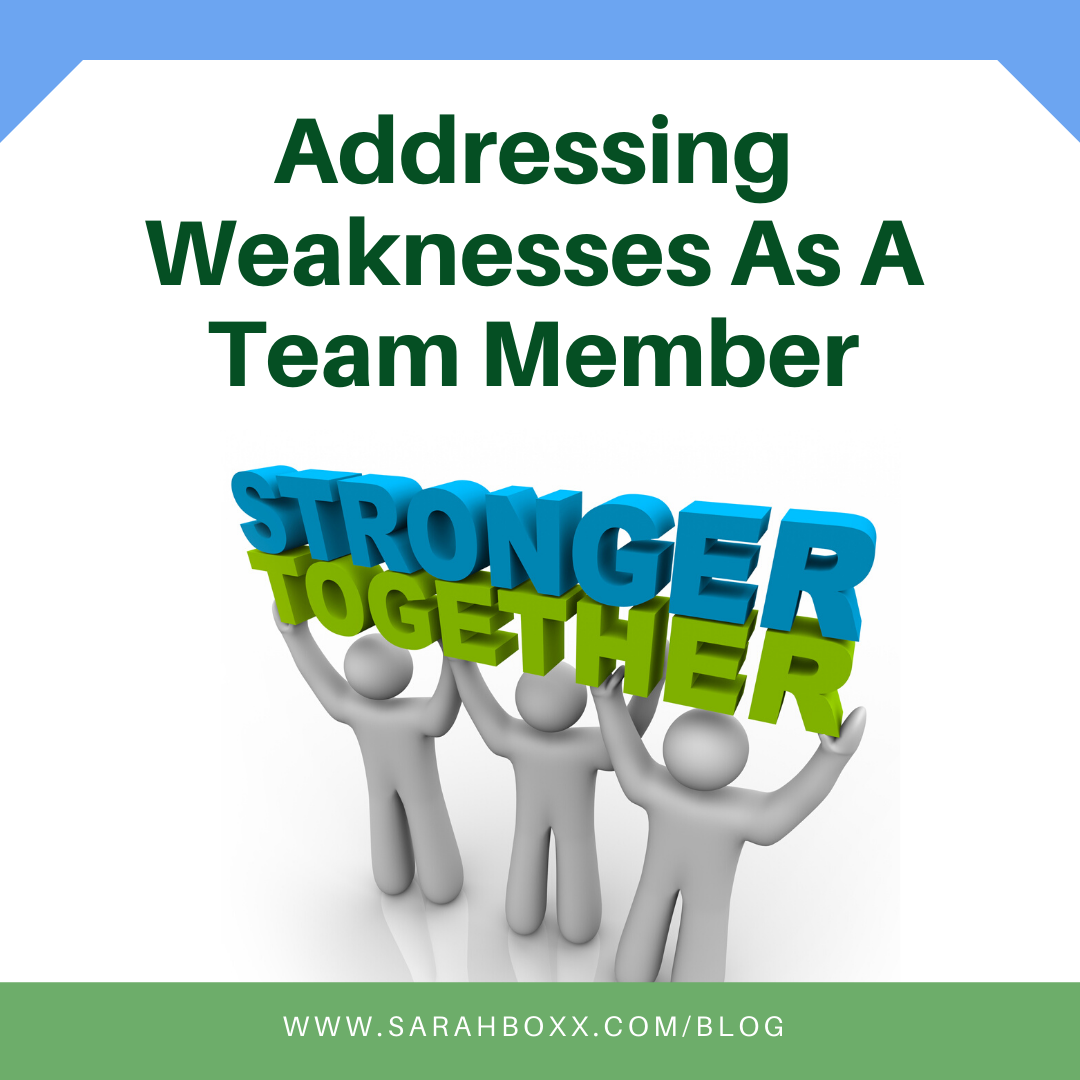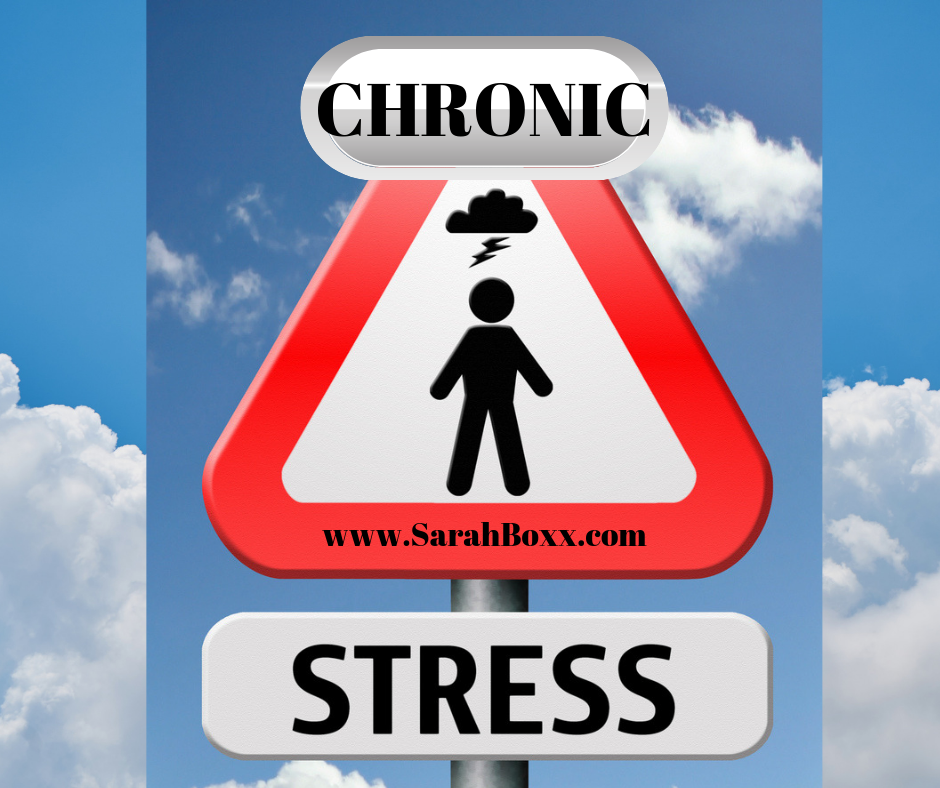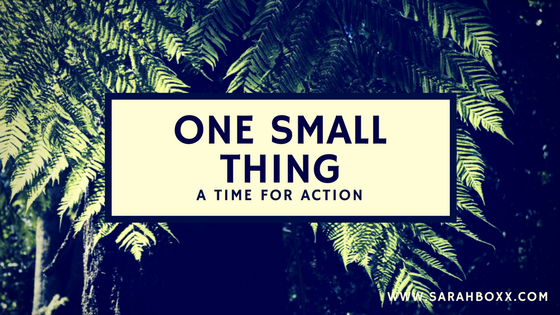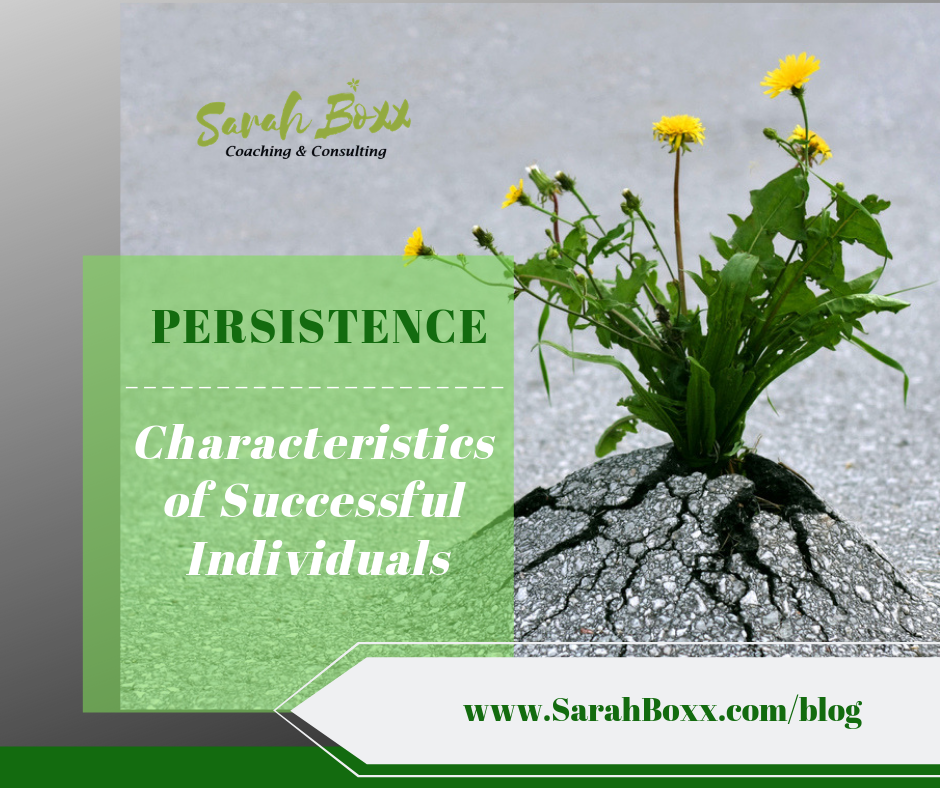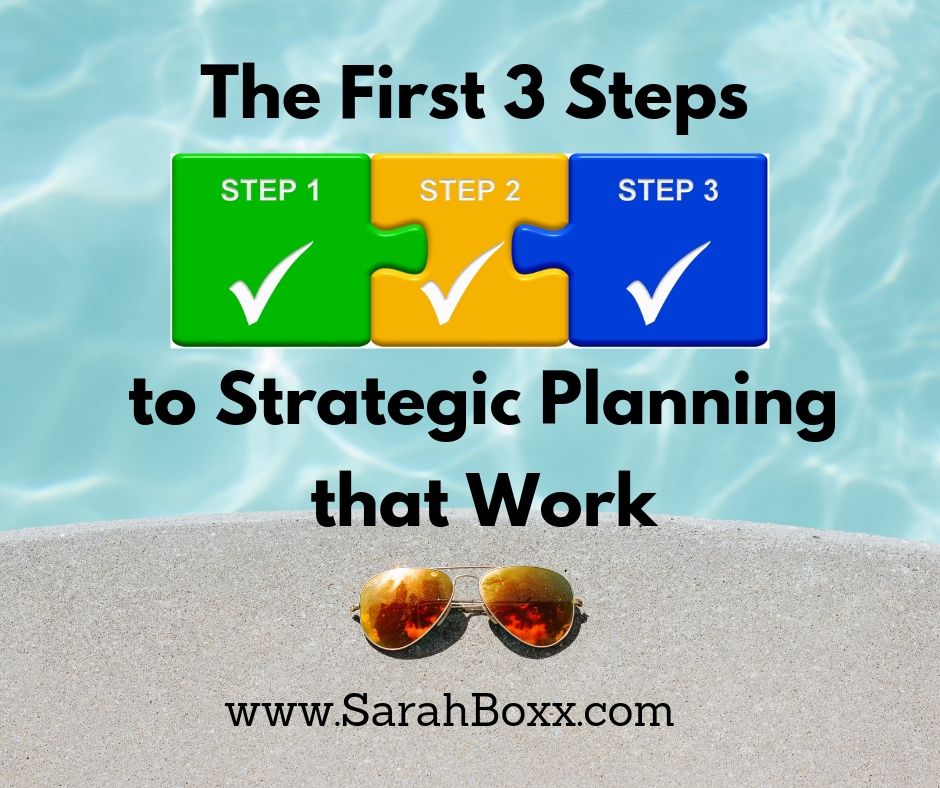“Alone we can do so little. Together we can do so much.”
Helen Keller
We are stronger together. This familiar adage, often seen on the front of Valentine’s Day cards or spoken in a few too many Hallmark movies, has as much to do with effective teamwork as it does with cheesy romantic movies. Stay with me for a second.
The concept of being “stronger together” comes from the idea that the combination of two or more people’s strengths will lead to an even stronger team. It’s true! A well-balanced team typically has a greater capacity for accomplishment than any single person would on their own.
But here’s the catch…where strengths have been combined, so have weaknesses.
Truly successful teams address BOTH the strengths and weaknesses of each team member in order to create a highly effective and well-functioning team.
As I pointed out in my post, What To Do With Weaknesses, nobody is good at everything. Individuals who do not know their weak points and/or do not take the time to address these blind spots will struggle to make the forward progress they desire.
The same is true when it comes to your work as a member of a team. When you are working in a close relationship with other people, everything you do (or don’t do) affects the other members of your team.
Your strengths are a blessing to your team, adding to your collaborative success. Your weaknesses, when left unaddressed, can make it difficult for everyone to be effective in their roles.
The first step towards effective teamwork involves utilizing high-quality assessment tools to gather personal and collaborative data. This data should provide insight into both the personal strengths and weaknesses of each individual team member and of the collaborative group as a whole.
Assessment data can enable you to:
- Better Understand Yourself
Clearly identifying your personal strengths and weaknesses and how they affect the group as a whole will allow you to make choices that maximize your potential and collaborative impact. This knowledge also allows you to delegate or seek support in your weaker areas. - Better Understand Others
A significant percentage of workplace conflict and inefficiency derives from a lack of understanding of your team members’ habits, behaviors, and personalities. The more you know about a person (their strengths and weaknesses) the better you will be able to understand why they act in certain ways and how to best work with and support them.
Assessment data provides a valuable snapshot of your current position as a team and paves the way for further growth and success. However, collecting data isn’t enough. It’s the habits that follow the data collection that make the true difference.
The Wiley Brand and author Patrick Lencioni identify five key habits and behaviors of highly effective team members:
- Trust one another
- Engage in conflict around ideas
- Commit to decisions
- Hold each other accountable
- Focus on achieving collective results
A team that seeks to truly embody these behaviors will drastically expand their capacity for achievement. These behaviors are the natural consequence of a team that works strategically to maximize the strengths and mitigate the weaknesses of its members.
If you are interested in learning how you can become a more effective and valuable member of your team, you don’t want to miss the upcoming Assess For Success Virtual Summit. From the comfort of your own computer, you’ll be given expert knowledge and valuable resources you need to maximize your potential and lead your team to greater success.
Mark your calendar for March 4-6 and click here to save your spot!
Article was contributed by: Maria Lees, Team Writer with Sarah Boxx
RESOURCES:

